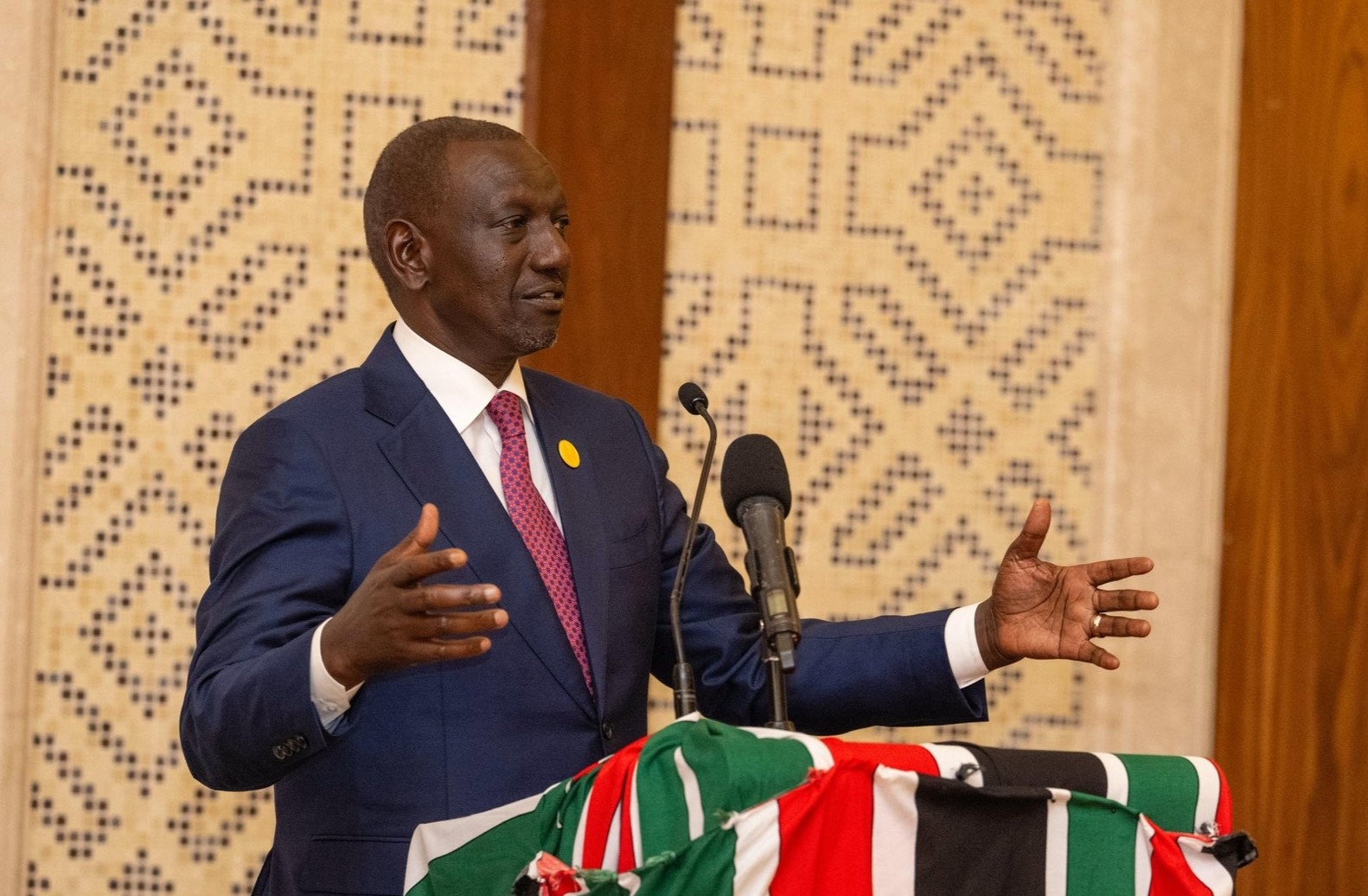The country's more than 700,000 small-scale tea growers across 71-KTDA managed tea factories will receive their annual bonuses next month amid uproar over low rates.
The total amount that will be paid out to farmers will be known this week when the Kenya Tea Development Authority Board holds a meeting to receive the final figures declared by individual factories.
This is after all the factories affiliated with KTDA completed declaring their bonuses following two weeks of marathon meetings by factory directors.
However, the figures declared vary depending on the performance of individual factories over the last financial year.
KTDA collates all the data on the amounts declared by the factories to produce a joint document outlining the tea sector's performance.
This happens during a gathering of all zonal directors and board members from the KTDA-managed factories.
KTDA manages 71 tea factories in 21 counties, out of which 54 are fully autonomous while mother factories control 17.
Legally, KTDA has nothing to do with how the final figures are arrived at as that mandate lies with the directors and management of the individual factories.
KTDA Holdings Ltd is a private holding company owned by small-holder tea farmers and is responsible for over 60 per cent of the tea produced in Kenya.
KTDA provides management services to tea factories through management agreements with the respective tea factory companies.
This enables the factories to financially operate at optimal due to economies of scale.
Once all factories have declared their payments, the KTDA board will release the cumulative payout and publish it in the media.
How bonus payment rates are decided
As farmers across some regions protest low tea bonus earnings, it has emerged that at least four factors contribute to variance in the payment rates.
This year’s bonus payment is pegged on last year’s green leaf production of more than 1.4 million kilogrammes (kgs).
Bonuses are calculated based on a factory’s total earnings from tea sales over the past 12 months.
After deducting operational and overhead costs, the remaining earnings per kilogram are determined.
The amount already paid to farmers as monthly green leaf payment is deducted, and the balance is multiplied by the total kilogrammes of green leaf supplied by each farmer over the year.
The sum is paid out as a bonus, which is typically declared in September and paid within October.
Industry experts say that the cost of production, tea prices, exchange rates and the volume of tea sold are the determinants of the farmer’s final bonus payouts.
There have been concerns and uproar that farmers are set to receive varied payments by different factories with some farmers protesting over what they have called a row deal.
Some individual factories have recorded a decline in their declared overall bonus payout to growers compared to the pay received by farmers last year.
However, other factories have recorded an improvement in the amounts that farmers will receive as bonus payments next month.
Following protests, KTDA has called for civility and advised tea farmers unsatisfied with the 2023-24 bonus payments to raise their concerns rationally through available official channels.
KTDA national chairman Enos Njeru appealed to the farmers to refrain from expressing dissatisfaction through destructive activities that negatively impact the businesses they have invested in for more than 50 years.
“Every year, factory companies hold AGMs and during these meetings, the shareholders/farmers have the opportunity to review and query the financial reports, which is a normal practice,” Njeru said in a statement.
“We urge our farmers to remain calm and raise their concerns with their directors without resorting to destruction of company property and commit to working with all stakeholders to ensure our successful tea business is protected.”
What experts say on tea rates
Amid the growing public uproar, experts argue that several factors, not just the price of tea, determine the ultimate payout to farmers with such prices set solely by individual factories.
Gibson Muriithi, a tea auction expert with experience spanning 20 years argues that the country’s traditional buyers of tea have different preferences for various tea coming to the auction from various tea-growing regions of the country.
“It is critical to note that our buyers know the kind of tea they want and at the auction, they just ask for that because of consistency in the quality of products from certain individual factories. This explains why some factories sell high volumes and perhaps at better prices," Muriithi said.
The expert observed that buyers will always scramble for quality tea while individual factories with a history of low-quality products fail to attract more buyers hence low volume sales.
“A higher volume of tea sold (in relation to tea produced), translates to higher revenue," he said as he called on farmers to understand the tea market dynamics before protesting low returns.
Cosmus Mweresa, another tea trading expert, observed that factories that have continuously asked farmers to deliver quality tea at buying centres have an edge in the international markets.
“Prices are largely determined by market forces of supply and demand but this is not the only factor that determines the final pay for farmers in terms of annual bonuses. Factories must debit their operational costs at the production level," Mweresa said.
“The costing structure of individual factories is reflected on the cost of production such that factories that have embraced austerity measures without lower unit cost are likely to extend better pay to farmers as a bonus."
Mweresa said the exchange rate also influences the total earnings for factories at the auction as a “weak shilling against the US dollar translates to higher revenue in shillings."
He argues that the volumes of tea sold also determine the final rate for farmers as huge amounts result in better returns.
For instance this year, farmers sold 1.4 billion kilogrammes of tea, the highest volumes ever in the history of tea sales in Kenya, meaning that bonus payments reflect better yields than before.
This was the same amount that was produced for the first time in 2019 when farmers received a turnover of Sh79 billion as a final payout in bonus.
Therefore, the rate is not the final determinant of the net earnings for the farmer, tea from different factories attracts different buyers and the price offering is different and this has an impact on the final payments.
Different factories have different operational costs which also determine the final payments.
How this year performed compared to previous periods
Tea is grown in over 16 counties across different geographical areas with different characteristics, attracting different buyers and different prices in the global market.
Farmers who maintained high-quality leaf-picking standards and secured premium prices in the export market will be smiling to the bank.
The payouts would even be better for farmers who delivered their green leaf to factories whose directors minimised operational costs and sold their tea at favourable exchange rates.
Where directors engaged in unbridled borrowing and massive lavish costs will see their final payout decline.
Last year, tea farmers earned sh44.15 billion in bonuses.
A total of Sh67.7 Billion was paid out to farmers, with Sh23.55 billion allocated for monthly green leaf payments, compared to sh62.88 billion paid in 2022.
This represented a 7.6 per cent increase in the total payment to farmers in 2023 and a 17.6 per cent rise in earnings per kilogram determined.
However, green leaf production dipped by 9 per cent in the same period.
In 2023, Kenya’s tea sector contributed sh140 billion to the economy, up from Sh138 billion in 2022 and sh136 billion in 2021.














